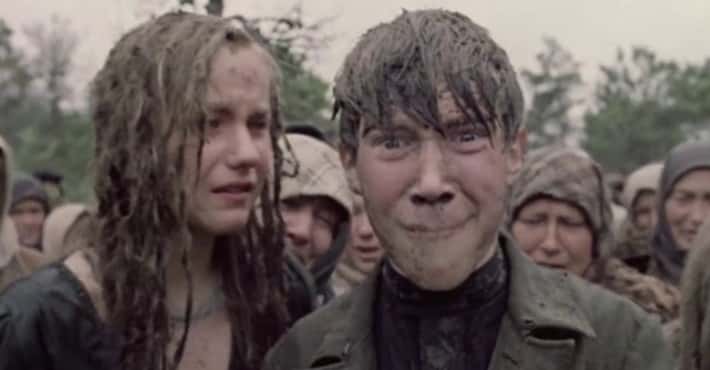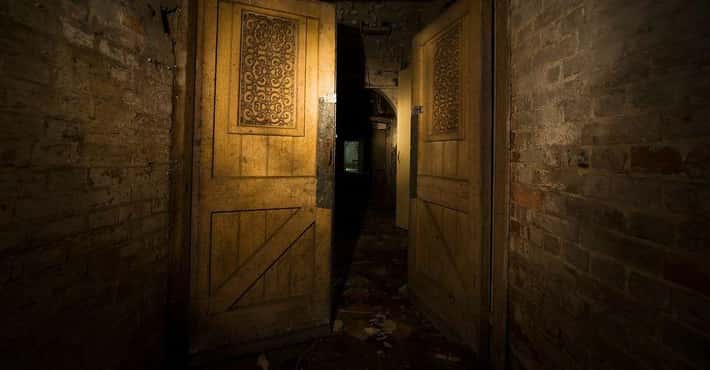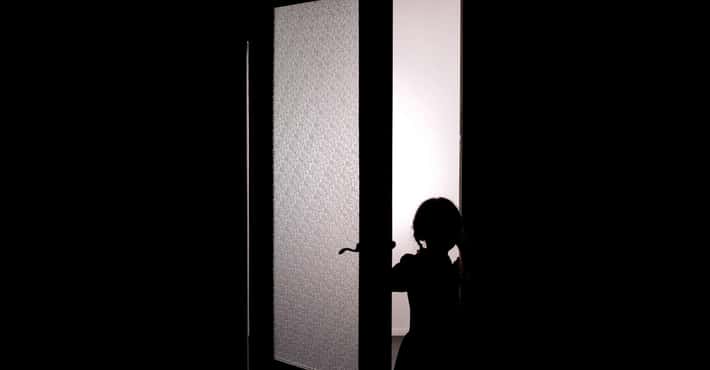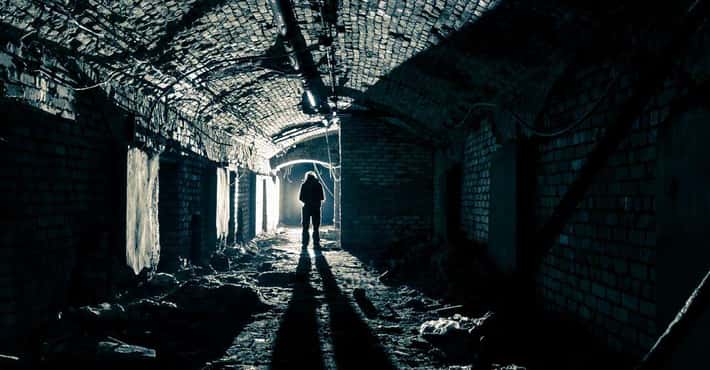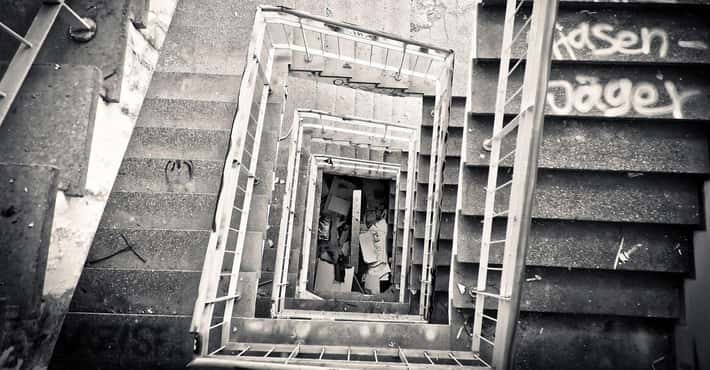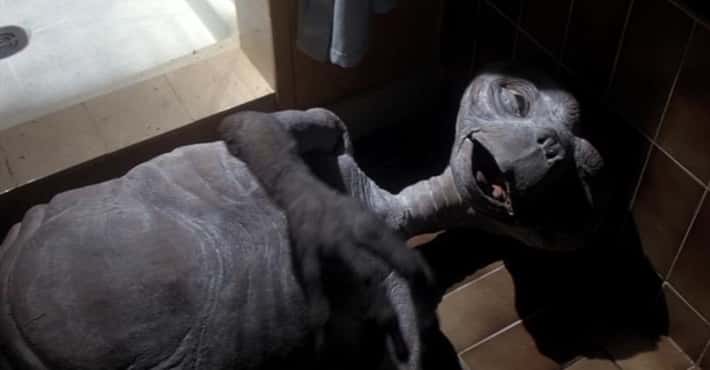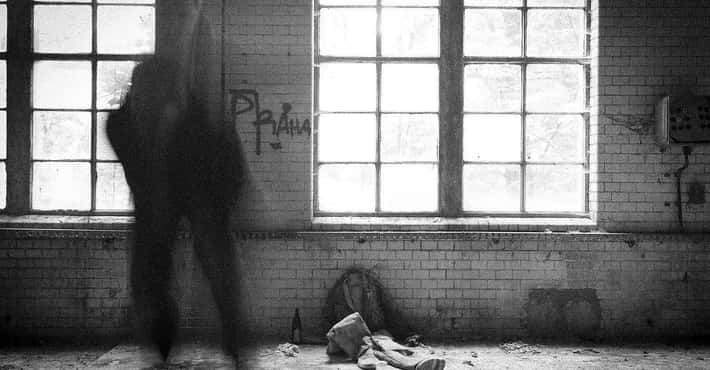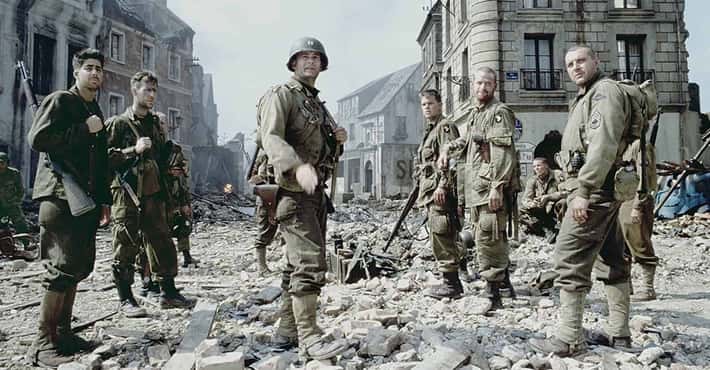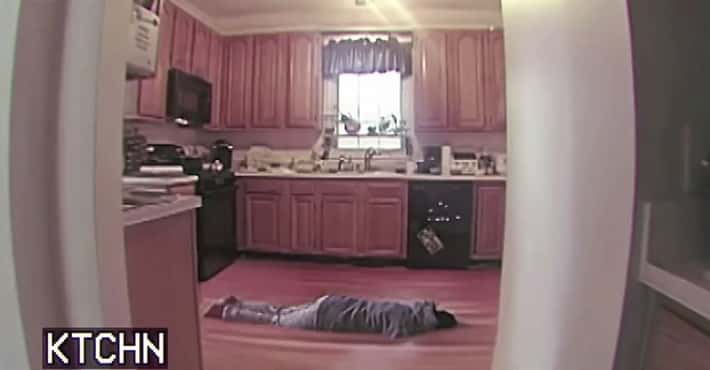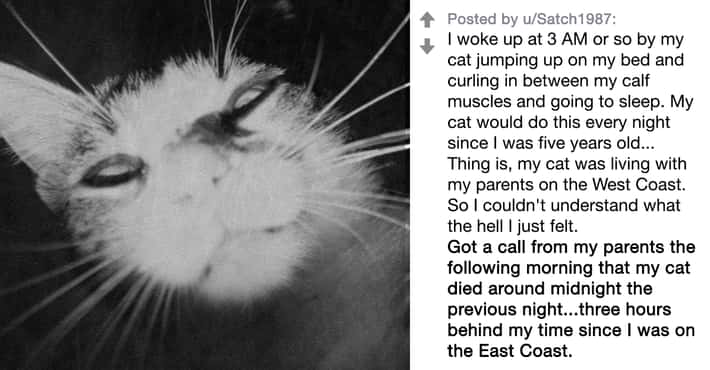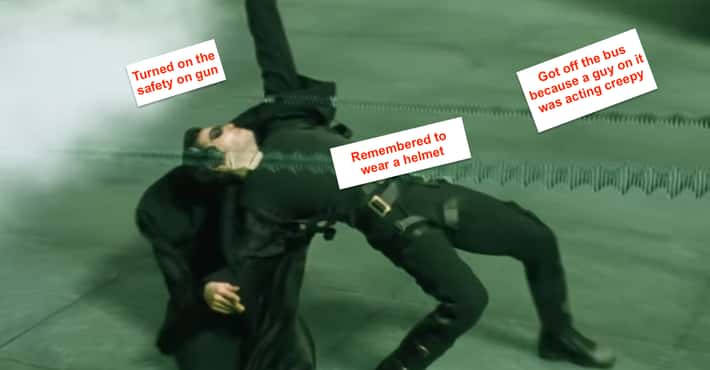Slaughterhouse Workers Describe What Happens On The Killing Floor
Have you ever wondered what it's really like to work in a slaughterhouse? Well, according to these slaughterhouse-worker accounts on Reddit, it's about as gory as you imagine. The workers have to kill and process animals all day long - and, despite PETA's videos - most of this process is as humane as it can be.
Read on to hear what slaughterhouse workers really have to say, and perhaps get a new perspective on what goes into the food many people eat every day.
Sometimes Cows Are Butchered Alive
Captive bolt guns do not kill cows. They stun them, if they're used correctly, most of the time.
Yes, they're cut open while alive, and the bolt guns don't function perfectly every time. From time to time they either wake up after stunning or they just aren't fully stunned to begin with. Not that I think the exact conditions under which an animal's life is taken from them are particularly important, but it's certainly not the painless, merciful process the people in animal agriculture want you to believe. Just like any business, their objective is profit, which means getting the maximum number of animals through the production line in any given timespan. How much pain and distress the animal experiences in the process is not a concern: the stunning is to make it possible to hoist the cow, not to keep them from experiencing pain.
Killed Cattle With A Metal Rod
I worked in a packing house for a few years in the mid-80s, going through three different departments as a new worker, then moved to the clean up crew working nights cleaning the place.
When the cattle came into the plant, they were shot with a special type of gun that used a retractable rod, as opposed to a bullet.(No need to dig for the bullet.) They died instantly, then were hung up by their hind legs, were bled out and cut up. The whole process from live animal to hanging sides of beef in a cooler was probably less than a half-hour per animal.
The entire process and the whole place was under the watchful eye of USDA inspectors. They were very thorough. I was never afraid to eat the meat, and after the nightly cleaning, it was probably cleaner than my kitchen is today.
One issue is the deregulation that took place in the late '80s. The way the inspectors did their job was changed, and they lost some power to reject beef. I am convinced the stories we now hear about E coli and other tainted food is a direct result of that deregulation.
The inspectors used to drive us nuts with how picky they were, but the food was safe and the place was clean.
Stressed Animals Give You Tough Meat
I work for a meat company that owns and/or operates slaughterhouses and boning halls all over the UK as well as retail-packing and food-service processing facilities to deliver these products to the end consumer. This is mostly for beef and lamb production.
I have personally worked in the largest lamb slaughterhouse in NZ for six months, and go to production sites all over the UK each week.
The guys working in the kill box just treat it as a job. Slaughtering cattle/lamb is no different to them than any other repetitive manual task that has to be performed inside the factory. There is a skill set required to do the job of stunning and slaughtering the animal, much as there is for boning or trimming the subsequent primals (chunks of meat) that are derived from the animal.
Any facility that wants to supply mainstream retailers or food service sectors in the UK have to adhere to strict guidelines for animal welfare. This includes a whole host of items that are completely impractical from an animal welfare standpoint in practice, but which are still enforced on the plants. Failure to comply with these standards, which are regularly audited would result in the site being shut down.
Also, animal welfare directly effects the quality of the meat being produced. A stressed animal will produce dark, tough meat due to hormones released when the animal is stressed/anxious. Occasionally this occurs naturally, and the meat is removed from the line as the end customer will reject the product at the packaging stage/depot/in store. It is in the abattoirs' interest to slaughter the animals in the most humane, stress-free way possible.
Remove Pig's Hair In A Tumbling Machine
We put the pigs into a pot of hot water for half a minute, then we put them into a machine that tumbles them around and that gets the majority of the hair off. Then it's a case of burning and shaving the rest of the hair off.
He Fell Into The Blood Pit
My mate used to tell stories about what happened when he worked in one. Various tales of general animal abuse - slitting live pig's noses and ears while they hung upside down on chains, that sort of thing.
The only one I remember with any detail was when he accidentally fell in the blood pit - a deep depression in the floor into which the blood collected during the slaughter. He was covered in blood from head to foot but was sent home, on the bus. His main gripe was that it was difficult to get his cigs out of his pocket as everything was sticky.
After the abattoir, he worked in a high-street butcher shop where he would use his steel toe-capped boots to separate bits of meat that had stuck together in the walk-in freezers. He also locked me in the freezer for an hour once - not pleasant.
Processing A Chicken - Step By Step
The chicken was all "minimally processed," which means that apart from a few custom orders for big/picky companies, we just killed, cut, and cleaned the chickens, then wrapped them up and shipped them. Here's the process as best as I can remember:
Live hang: Chickens are taken from trucks and hung by their ankles. This is not as simple as it sounds, because chickens often escape and must be wrestled to the rings. Our farms do not cut their chickens' beaks, toes or wings (there is a small claw on the third joint of each wing that can do you up pretty badly), so chicken catchers who don't like to wear their protective equipment get pretty badly scarred.
Killing: Chickens are stunned with an electric shock and beheaded by machine. If a chicken is too short or is otherwise missed by the machine's blade, a backup killer beheads the chicken.
Plucking/Evisceration: A whole room, about the size of a high school gymnasium, is dedicated to this process. Workers pluck, gut, and clean chickens, separating edible giblets from unsanitary ones and removing feet. At this point the chicken is a sanitary product and is subject to strict overview and regulation. If a chicken is to be sold whole, it goes directly to Step Five with giblets bagged.
Cut Up/Debone: Chicken that will be sold in parts go here. This is a department with a lot of equipment and a steep learning curve; workers cut up whole chickens by hand with knives. A skilled deboner or cutter earns a sizeable bonus based on the volume of meat he or she produces; a sloppy or negligent worker gets injured. Cut and/or deboned meat goes to Tray Pack, the last sanitary department on the line.
Tray Pack: This is the department where I worked. Workers receive chicken parts by conveyor and arrange them neatly on those yellow Styrofoam trays you see at the supermarket. Then, trays are shrink-wrapped, labeled, flash-frozen in a spiral freezer at -35F (the meat itself does not freeze; rather, an icy shell forms around it, which facilitates shipping), boxed, weighed (the latter two were my job), and sent to shipping.
Shipping: This one's pretty self explanatory, except that the whole shipping department operates at temperatures ranging from zero to 33 degrees Fahrenheit.
Mom Used To Flush Out Intestines
Both of my parents worked at slaughterhouses. My dad was a USDA meat inspector, my mom started out flushing intestines then later became a meat inspector for a brief period of time before she quit. What I learned from them though, is that they are under a great deal of pressure to be fast. We're talking maybe five seconds max to inspect the meat for any problems. They can "stop the line" but need valid reason to do so and they get pressured by the supervisors to keep everything going as fast as possible.
They Slit The Throats Of Pigs
My dad used to work at a pork plant. He was in finance, but he saw the processing when he went into the plant, and my brother worked there over a summer once guiding the pigs from the stock yard to the plant. I think they shocked the pigs and slit their throats, but I'm not 100% sure of that. I never saw the plant while they were working, only when I was there for the employee fair.
It Takes Ten-To-Fifteen Minutes To Butcher A Steer
How long does it take to fully butcher a steer?
From killing to skinning, gutting, splitting to putting it in the chillers, it would take about 10-to-15 minutes, depending on size.
What Happened When The Power Went Out
We had a killer thunderstorm one night and lost a power line to the plant. Just like in Jurassic Park, our plant had backup generators that kept the machines running for a while. Just like in Jurassic Park, these quickly ran out of juice and everything went haywire.
Unlike in Jurassic Park, the animals did not escape, and Samuel Jackson, along with everybody else, did not die. But the entire place was dark for a while, the machines were off, and nobody could work.
Now, you must understand that my workplace employs a lot of ex-cons, visa-ed immigrants, and generally some pretty rough folks. It provides them with a good chance for steady work, and most of them are pretty good people. But they're a rowdy bunch, and so for about an hour there was a spontaneous party going on throughout the whole building. I went into the storage room and chilled with my homies, so I can't tell you if anything terribly crazy happened, but somehow there was a lot of loud music. Everywhere.
That ended after a while, and then there was a general mad rush to get back to stations and pretend we'd all been waiting patiently to start working again.
A Cat Got Into The Plant
One time we had a cat get into the plant, and we shut down for two hours. We caught the cat, cleaned every machine, and threw away something like ten tons of meat. Every time something falls on the floor, we're required to treat it like it has the plague, and workers in processing areas have to wear all rubber and douse themselves in disinfectant whenever they do anything. So sanitary conditions are pretty much covered.
Their Hands Got Covered In "Ick" Daily
Now I don't know if this is still true, but in the '70s all the guys who I worked with could either knit or crochet because their hands would get cold in the coolers. When they bought new mittens or gloves they would always just get covered in ick, so they were some of the first men to learn some of these traditional 'female' skills.
The Terrified Goat Outside A Butcher Shop
I once visited a region of the Middle East, where butcher shops kill animals on the sidewalk for the customer (and everyone else) to see. During this time, I walked by a goat tied to the front of a butcher shop awaiting slaughter. The goat's head hung low, and he raised his eyes and looked at me as I passed. Words cannot begin to convey the despair and extreme fear that this animal conveyed to me in a single glance. He knew what was coming. He knew what fate shortly awaited him. His glance overwhelmed me so much that I contemplated untying him and setting him free (which would have done nothing but bet me in trouble in a foreign land and result in the goat being quickly captured in the crowded market).
My point is that serial killing animals is not so much about the conditions per se as it is about the damage to the soul (if you have one). These animalscan smell the death in the air, and they fight vehemently for their lives as they realize their impending fate.


